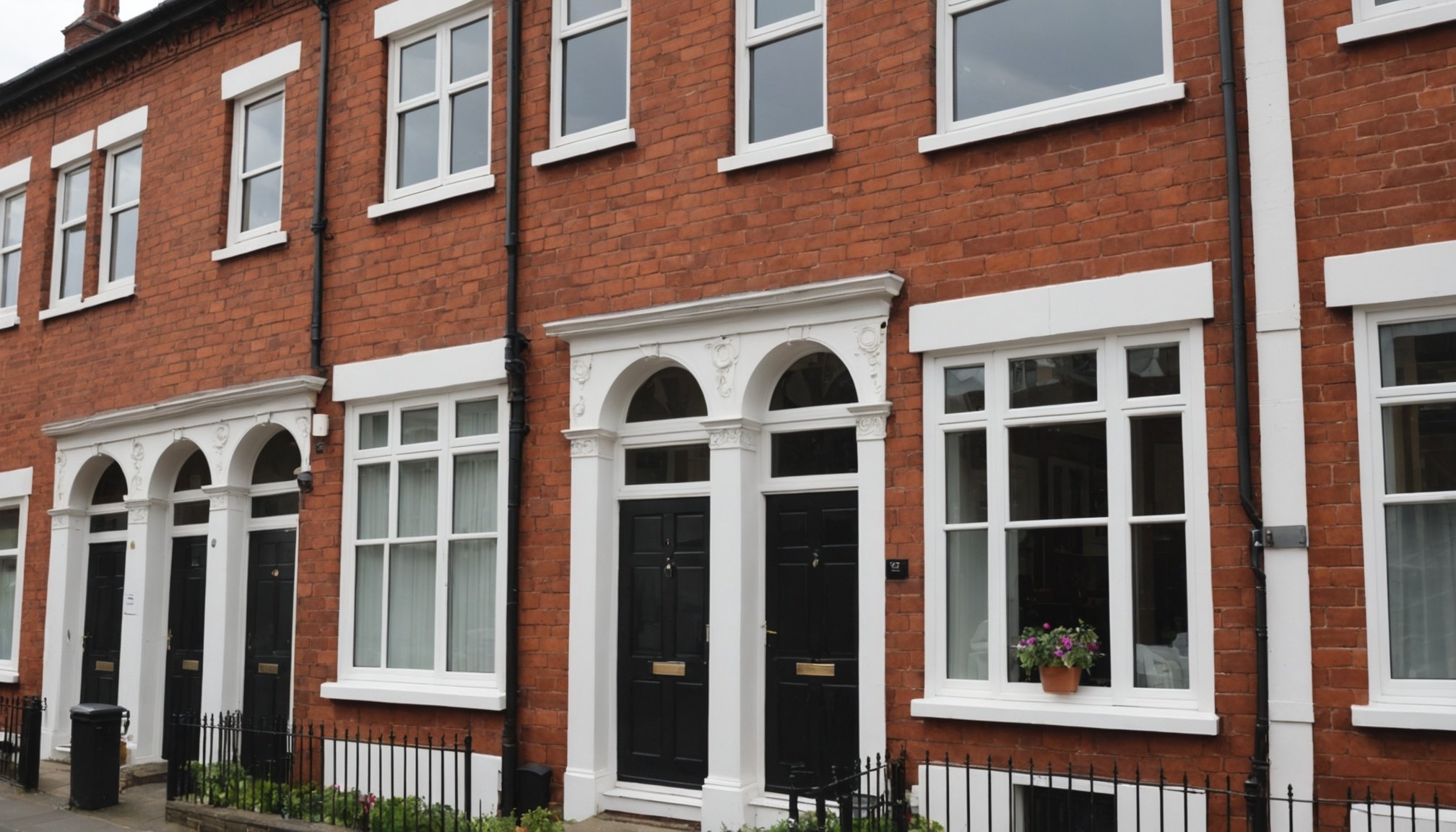In the competitive landscape of the UK rental market, void periods can significantly impact your income as a landlord. A void period is a time when a rental property is unoccupied, meaning no rental income is generated. These gaps in tenancy can be frustrating and financially draining, making it crucial for landlords to implement effective strategies to minimize them. In this article, we will provide insight into what void periods are, why they occur, and practical steps you can take to reduce their duration, ensuring a consistent cash flow from your lettings.
Understanding Void Periods and Their Impact
To effectively minimize void periods, it’s essential to understand them fully. A void period refers to the time a property remains unoccupied between tenants. Several factors contribute to these gaps, including seasonal demand fluctuations, property condition, and tenant turnover. For landlords, these periods can be more than just inconvenient; they can severely affect your bottom line.
This might interest you : How can UK investors identify up-and-coming neighborhoods with high growth potential?
For instance, if your property is vacant for just one month each year, this could lead to a significant loss in annual rental income. Given that the average UK rent is around £1,200 per month, a single month without a tenant can cost you that amount directly, not to mention the potential long-term effects on your overall investment strategy. Therefore, understanding and managing the reasons behind void periods is critical.
Common reasons for void periods include:
Topic to read : How can technology be leveraged to streamline property management for landlords in the UK?
- Poor Property Management: Ineffective marketing or maintenance issues can deter potential tenants.
- Market Conditions: Economic fluctuations or changes in the local rental market can lead to decreased demand.
- Tenant Turnover: High turnover rates can result in more frequent voids, requiring you to re-market your property regularly.
By focusing on these areas, landlords can significantly reduce the impact of void periods, allowing for a more stable and profitable rental experience.
Effective Marketing Strategies for Letting Your Property
Marketing your property effectively is one of the most powerful tools in minimizing void periods. The right marketing strategy can attract quality tenants and reduce the time it takes to fill vacancies.
Begin with high-quality photographs and compelling property descriptions. A potential tenant’s first impression is often formed through online listings, so ensure that your property is presented in the best light. Highlight key features and amenities that make your rental unique, such as spacious living areas, modern appliances, or proximity to public transport and local shops.
Using multiple platforms for advertising can also expand your reach. While traditional methods such as signage and newspaper ads are still useful, utilizing online platforms like Rightmove, Zoopla, or social media can tap into a broader audience. Consider creating a dedicated website or social media page for your property. This can not only serve as a marketing tool but also provide a space for tenants to engage with you directly, asking questions and expressing interest.
Additionally, consider offering virtual tours. With the rise of technology, prospective tenants are increasingly expecting a chance to view properties online before scheduling in-person visits. This can save both you and potential tenants time and streamline your letting process.
Pricing your property competitively is also crucial. Conduct market research to determine the rates of similar properties in your area. Too high, and you risk scaring away potential tenants; too low, and you may compromise your income. A good balance will attract tenants while still providing a profitable rental.
Maintaining Your Property to Attract Tenants
The condition of your rental property plays a vital role in attracting and retaining tenants. A well-maintained property not only appeals to potential renters but also decreases the likelihood of turnover, thus reducing void periods.
Start with regular maintenance checks. Schedule periodic inspections to identify and resolve issues before they escalate into more significant problems. This includes checking for dampness, plumbing issues, and electrical safety. A proactive approach to maintenance reflects positively on you as a landlord, demonstrating that you care about your property and your tenants’ comfort.
Investing in upgrades can also enhance your property’s appeal. Modernizing kitchens and bathrooms, adding energy-efficient appliances, or improving the garden can significantly increase your property’s desirability. Even small touch-ups, like a fresh coat of paint or updated fixtures, can make your rental more attractive without requiring a substantial financial outlay.
In addition, consider offering flexible lease options. Some tenants may prefer short-term rentals or month-to-month agreements. By being open to different tenancy periods, you can attract a broader range of potential tenants, further reducing the risk of void periods.
Finally, keep lines of communication open with your tenants. Encourage feedback and respond promptly to inquiries or complaints. Happy tenants are more likely to renew their leases, thus minimizing the time your property remains empty.
Building Relationships with Tenants
Establishing strong relationships with your tenants can lead to longer tenancies and reduced void periods. A good relationship fosters trust and encourages tenants to stay longer, minimizing the hassle of finding new renters.
Start by ensuring a smooth move-in process. Welcome your new tenants with a comprehensive welcome pack that includes essential information about the property, local amenities, and emergency contacts. A friendly introduction can set a positive tone for your relationship.
Throughout their tenancy, maintain regular communication. This can be as simple as checking in after the first few weeks or sending seasonal greetings. Being approachable and addressing any issues promptly can build goodwill and encourage tenants to renew their leases when the time comes.
Additionally, consider hosting events or community-building activities. For example, organizing a casual barbecue or holiday party can create a sense of belonging among tenants. When tenants feel part of a community, they are more likely to renew their lease rather than move elsewhere.
Another way to build relationships is by offering incentives for lease renewals. A small discount for renewing a lease or a referral bonus for bringing in a new tenant can be compelling motivators for your current tenants to stay or recommend your property to friends or family. These approaches not only create a good rapport but also contribute to maximizing your rental income.
Conclusion: Strategic Approaches for Long-Term Success
Minimizing void periods is a critical aspect of successful rental property management. By understanding the factors that contribute to voids, implementing effective marketing strategies, maintaining your property, and building strong relationships with tenants, you can ensure a more stable and profitable rental experience.
As you apply these strategies, remember that the rental market can be unpredictable. Stay informed about market trends and be willing to adapt your approach as necessary. By proactively managing your property and focusing on tenant satisfaction, you will not only reduce void periods but also create an environment that fosters loyalty and long-term tenancies.
Ultimately, the goal is to turn your rental property into a reliable source of income, minimizing the time it sits empty and maximizing your returns. By investing effort into these strategies, you set yourself up for a successful journey as a landlord in the UK rental market.











